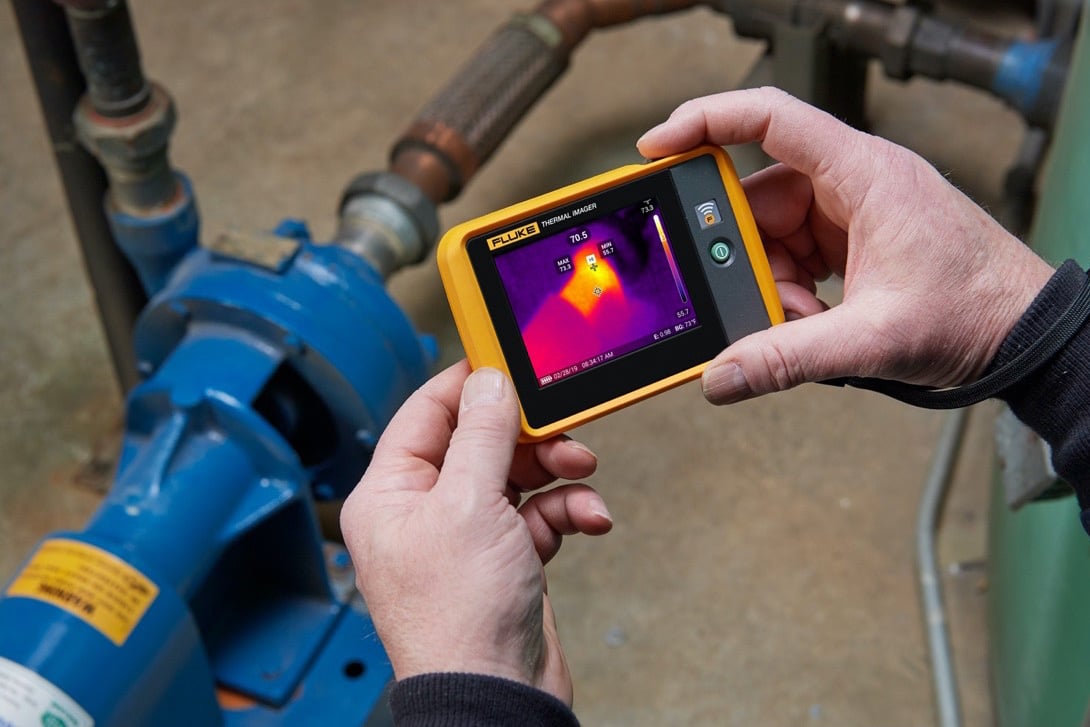The Relevance of Routine Water Leak Detection for Long-Term Home Protection
The Relevance of Routine Water Leak Detection for Long-Term Home Protection
Blog Article
Ingenious Solutions for Very Early Detection of Water Leaks in Buildings and Framework
From cutting-edge leak discovery modern technologies to the release of IoT sensing units for real-time monitoring, the landscape of leak prevention is developing quickly. Automated water circulation evaluation systems are improving just how leakages are recognized and addressed, paving the way for a proactive strategy to water leak discovery.
Advanced Leakage Discovery Technologies
Advanced leakage discovery modern technologies, outfitted with advanced sensors and algorithms, play a vital duty in quickly determining and identifying water leaks in various setups. These innovations utilize a combination of acoustic, thermal, and electromagnetic sensing approaches to identify leakages precisely. Acoustic sensors identify the audio of running away water, permitting exact localization of the leak source. Thermal imaging finds temperature level modifications triggered by water leakage, giving an additional efficient method for leakage identification. Electro-magnetic sensing units can recognize adjustments in electromagnetic fields brought on by water, providing yet another layer of leakage detection capacity.

IoT Sensors for Real-Time Monitoring
In the realm of modern-day water leakage discovery, the assimilation of IoT sensing units for real-time monitoring represents a crucial advancement in improving aggressive leak discovery capabilities. These sensors provide continual surveillance of water systems, providing real-time data on water circulation rates, stress variants, and temperature level changes. By leveraging IoT innovation, these sensors can identify also the tiniest abnormalities in water use patterns, enabling early identification of potential leaks before they intensify right into significant concerns.
IoT sensing units send information to a central system, where sophisticated algorithms examine the details and create signals or alerts when abnormalities are identified. This real-time surveillance capacity enables home owners or facility managers to promptly address leakages, decreasing water damages, minimizing repair work costs, and conserving water sources.
In addition, IoT sensing units can be integrated with building monitoring systems, enabling computerized actions to found leaks, such as shutting off water shutoffs or triggering pumps to mitigate the influence of leaks. On the whole, the implementation of IoT sensing units for real-time surveillance substantially enhances the effectiveness and efficiency of water leakage detection in structures and facilities.
Device Learning Algorithms for Leakage Prediction

One secret advantage of making use of equipment discovering for leak forecast is its capability to constantly learn and improve its precision in time. As more information is gathered and fed right into the algorithm, it can improve its predictions and adapt to transforming problems, ultimately raising the dependability of leak discovery systems.
Furthermore, machine discovering algorithms can aid in determining refined indications of leakages that may go undetected by conventional tracking approaches. water leak detection. By examining complex information embed in real-time, these algorithms can give early warnings and informs, enabling prompt intervention and precautionary maintenance to mitigate prospective water damage and linked expenses
Utilizing Thermal Imaging for Leakage Discovery
Thermal imaging innovation offers a promising technique for discovering water leakages in various systems and facilities. By making use of infrared radiation and temperature variations, thermal imaging electronic cameras can recognize concealed leakages that are not quickly noticeable to the naked eye. When water runs away from pipes or structures, it commonly transforms the temperature level of the surrounding location, developing temperature differentials that thermal electronic cameras can catch. These temperature irregularities are after that converted right into visible images, highlighting the precise location of the leak.
Among the essential advantages of thermal imaging for leak detection is its non-intrusive nature. Unlike standard methods that may require breaking into walls or floorings to situate leaks, thermal imaging permits non-destructive testing. This not only conserves time and lowers costs yet also reduces interruption to the building or framework being assessed. In explanation addition, thermal imaging can quickly check huge locations, offering an extensive overview of prospective leakage resources in a prompt fashion. Overall, using thermal imaging modern technology boosts the effectiveness and precision of water leakage discovery, making it a useful device for preserving the honesty of structures and infrastructures.
Automated Water Flow Evaluation Systems
How can computerized water flow evaluation systems reinvent the detection and monitoring of leakages in numerous systems and facilities? Automated water circulation evaluation systems supply a proactive approach to leakage detection by continuously keeping an eye on water circulation rates and patterns. By developing baseline data, these systems can swiftly recognize deviations that might suggest a leakage, enabling punctual intervention to prevent extensive damages.
These systems utilize innovative algorithms to analyze real-time data and supply instant informs when abnormalities are found, permitting for swift action to be taken. In addition, computerized water flow analysis systems can be incorporated with structure administration systems or IoT platforms, boosting total performance and allowing remote tracking abilities.
Moreover, the information gathered by these systems can be utilized for anticipating upkeep purposes, assisting to identify prospective powerlessness in the framework before leaks take place. Generally, the implementation of automated water circulation analysis systems can considerably boost leak discovery and management techniques, inevitably causing set you back financial savings, reduced water wastefulness, and increased sustainability in structures and framework.

Final Thought
To conclude, the integration of innovative leak discovery technologies, IoT sensors, machine learning formulas, thermal imaging, and automated water circulation analysis systems provides cutting-edge services for very early detection of water leakages in buildings and try this web-site framework. These technologies make it possible for real-time monitoring, forecast of leaks, and effective detection methods to avoid water damage and waste. Implementing these solutions can aid in preserving the honesty and sustainability of water supply in numerous settings.
Report this page